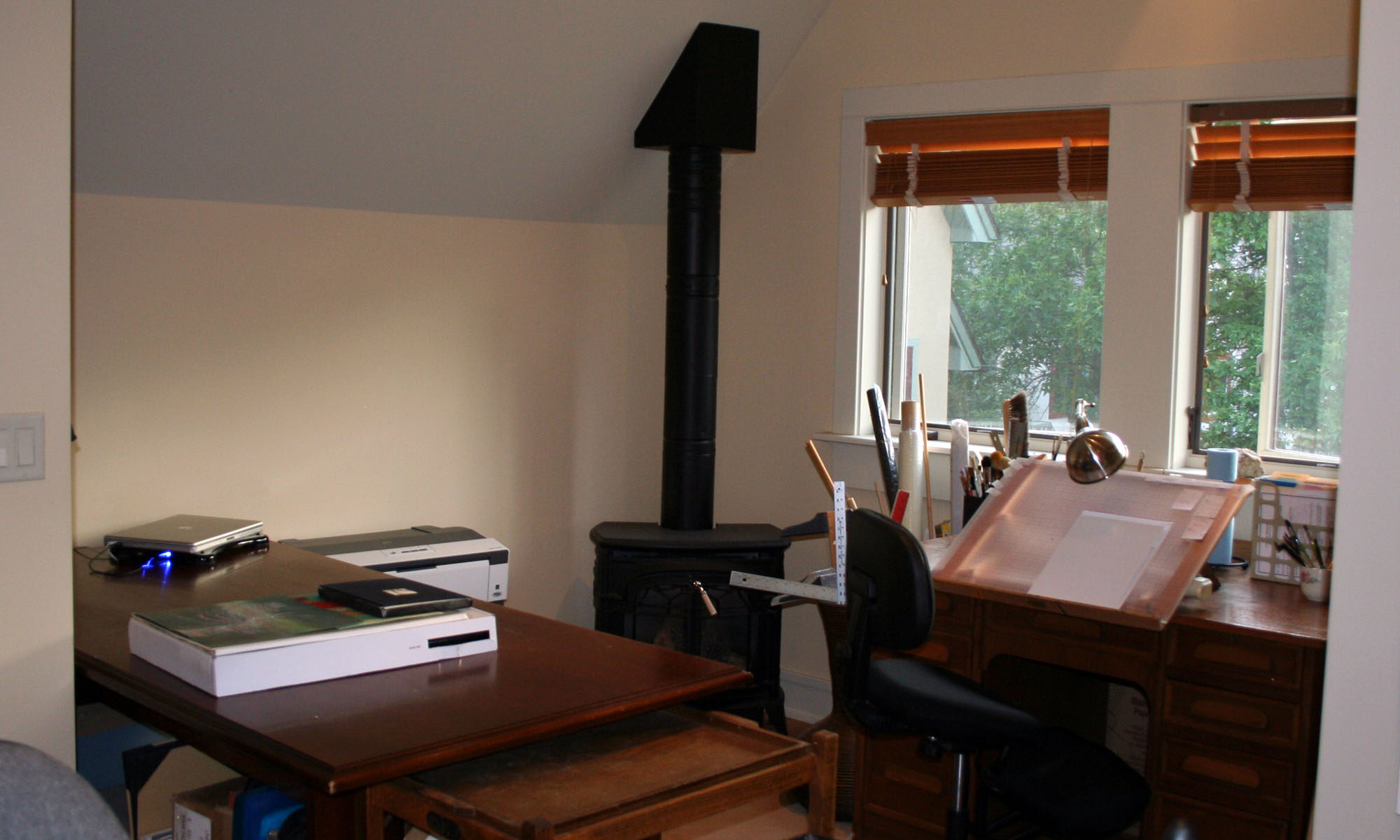
don’t know any calligraphers or book artists who aren’t voracious readers. In fact, most calligraphers I know credit the start of their interest in calligraphy to two things: 1) a love of reading, and 2) OSA. Makes eminent sense, really. But there’s another piece to it, and that’s the budding calligrapher’s interest in turning over the words, processing them, re-reading them for new emphases and slightly altered meanings.
I was reminded of this this morning when I read Boing Boing’s transcription of a portion of an interview with novelist Zadie Smith on KCRW’s Bookworm program:
But the problem with readers, the idea we’re given of reading is that the model of a reader is the person watching a film, or watching television. So the greatest principle is, “I should sit here and I should be entertained.” And the more classical model, which has been completely taken away, is the idea of a reader as an amateur musician. An amateur musician who sits at the piano, has a piece of music, which is the work, made by somebody they don’t know, who they probably couldn’t comprehend entirely, and they have to use their skills to play this piece of music. The greater the skill, the greater the gift that you give the artist and that the artist gives you. That’s the incredibly unfashionable idea of reading. And yet when you practice reading, and you work at a text, it can only give you what you put into it. It’s an old moral, but it’s completely true.
She describes it so well. You can listen or watch the entire interview here.
